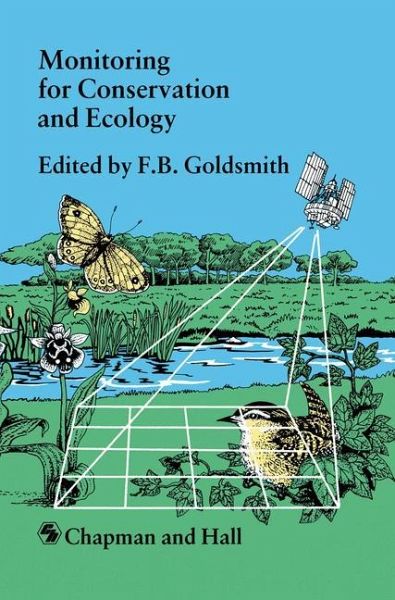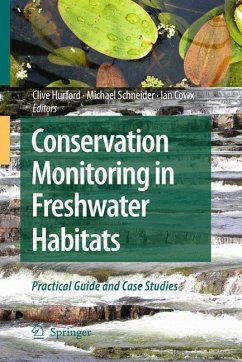
Monitoring for Conservation and Ecology
Versandkostenfrei!
Versandfertig in 1-2 Wochen
77,99 €
inkl. MwSt.
Weitere Ausgaben:

PAYBACK Punkte
39 °P sammeln!
Monitoring has become fashionable. Business now talks about monitoring its activities, efficiency, costs and profits. The National Health Service is monitoring general practices and hospitals; it is keen to have more information about efficiency and the duration of stay of patients in different hospitals undergoing different types of treatment. These activities are usually carried out in relation to specific objectives with the aim of making activities more cost effective and competitive. Does the same apply in biology, ecology and nature conservation? Or, are we still enjoying conducting fiel...
Monitoring has become fashionable. Business now talks about monitoring its activities, efficiency, costs and profits. The National Health Service is monitoring general practices and hospitals; it is keen to have more information about efficiency and the duration of stay of patients in different hospitals undergoing different types of treatment. These activities are usually carried out in relation to specific objectives with the aim of making activities more cost effective and competitive. Does the same apply in biology, ecology and nature conservation? Or, are we still enjoying conducting field surveys for the fun of it, at best with rather vague objectives and saying to our colleagues that we do our work because we need to know what is there? This book is an opportunity to consider some of the reasons why monitoring is important, how it differs from survey, how it may be able to answer specific questions and help with site management or problem solving. It will explore some of the taxa that are suitable for recording and how you may actually set about doing it. It is not intended as a catalogue of techniques but we will in each chapter give you sources of material so that with the minimum of effort you will be able to proceed with an efficient, relevant and not too time consuming monitoring programme. Some of the points that you need to consider before starting are also set down in the synthesis at the end of the book.














